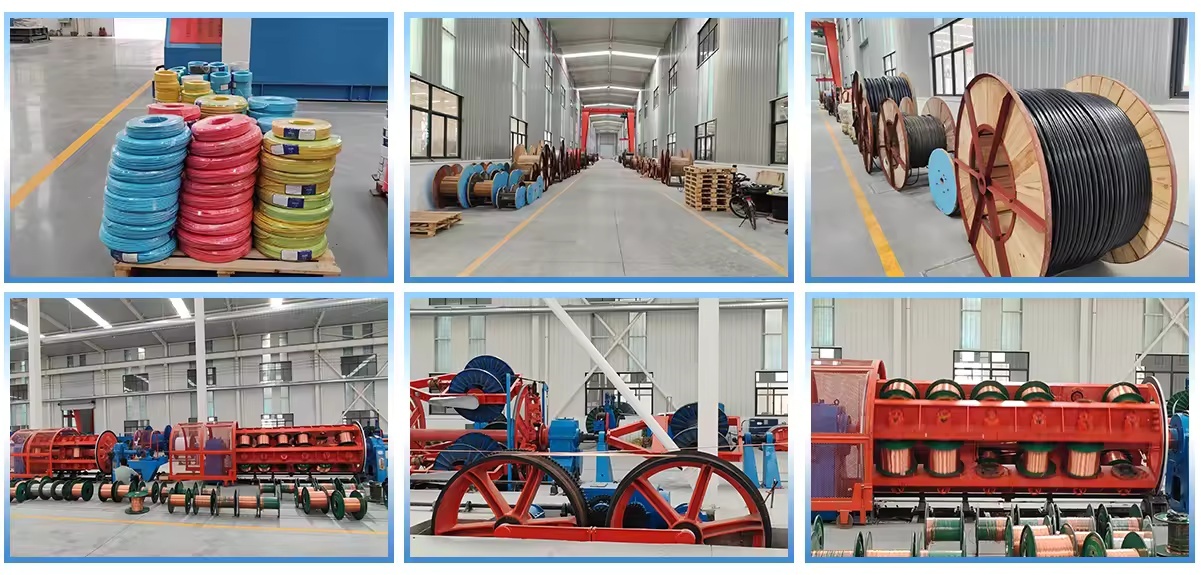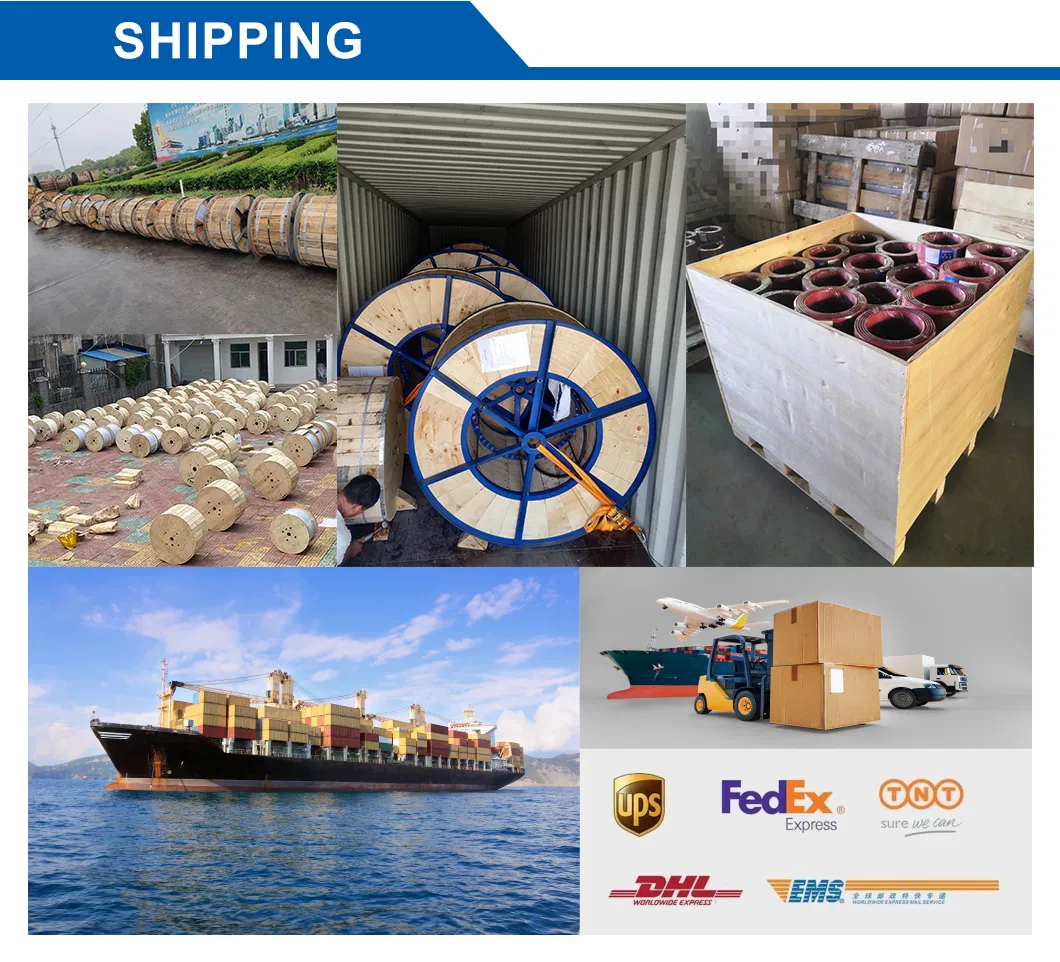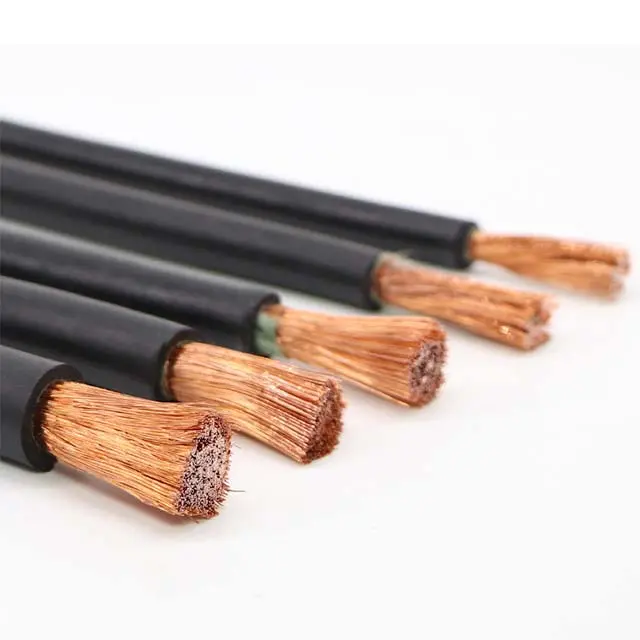This model of product is designed for B-class insulated motors and electrical windings with an AC rated voltage of 1140V or below, and is connected to the casing or to the terminal posts on the motor casing using wires.
1. The conductor is made of tin plated copper wire, and its structure meets the requirements in the following table. Its performance meets the requirements of JB947-76 "Rubber and Plastic Insulated Wire and Cable Copper Conductive Core";
2. The performance of the insulating rubber complies with the JB664-77 standard for rubber used in wires and cables; The insulation thickness shall comply with the provisions in the following table, with a permissible deviation of -10%, and the thickness at the thinner part shall not be less than 90% -0.1mm of the nominal value;
3. The performance of the sheath rubber complies with the JB664-77 standard for rubber used in wires and cables; The thickness of the sheath shall comply with the provisions in the following table, with an allowable deviation of -20%, and the thickness at the thinner part shall not be less than 80% of the nominal value;
4. Finished wires must undergo the AC 50Hz withstand voltage test specified in OYYDDL0118-2003;
5. The DC resistance of the finished wire core should comply with the provisions of Table 1 and Table 2 at a temperature of 20 ℃; [Motor lead wire model]
6. The wire should be able to withstand the immersion test. After being kept at a constant temperature of 130 ± 5 ℃ for 5 hours, the cable should be immersed in 1032 paint at a temperature of 50 ± 5 ℃ for 30 minutes, taken out and dried, and then kept at a constant temperature of 130 ± 5 ℃ for 48 hours. After that, the wire should be wound on a round rod of the specified diameter, and the wire sheath layer should be free of cracking, brittleness, and sticking.




